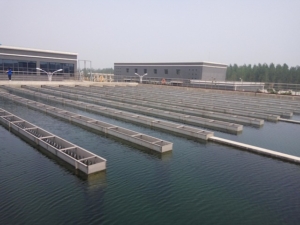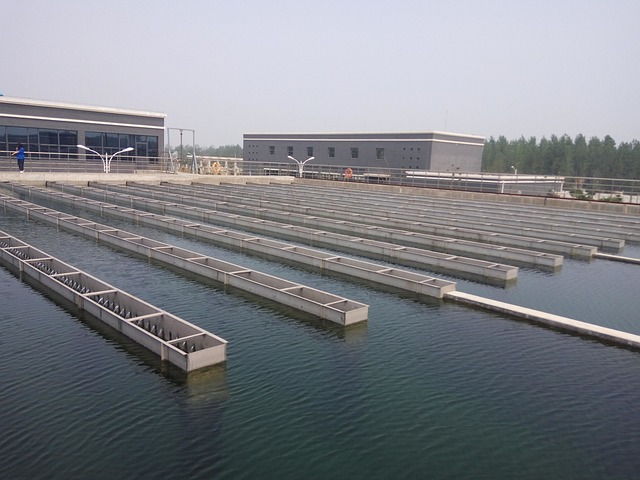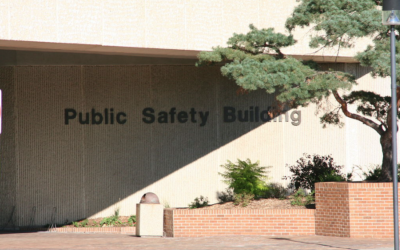Water projects are likely to offer some of the most significant infrastructure contracting opportunities in 2025. While funding is still available at the federal level, public officials are rushing to upgrade water infrastructure. The expectation is that the incoming Trump administration will allocate additional funding for water infrastructure projects as well, given the critical needs in this sector.
Lead-contaminated pipelines are a public health hazard, and funding for their removal throughout the U.S. is available – but efforts to protect water purity through other types of projects are getting more attention. The following examples highlight the most common variety of water infrastructure initiatives that will launch in 2025.
In Buffalo, New York, phase two of a large water treatment plant upgrade is now in the planning and permitting phase, and the estimated cost of the project exceeds $88.5 million. This second phase will significantly expand the facility’s capacity and modernize its treatment processes – an objective that is essential to accommodating population growth. Construction will address critical upgrades, including the addition of new treatment systems capable of handling increased wastewater loads while minimizing energy consumption and operational costs. The work will also include components to bolster resilience against extreme weather events, ensuring reliable operation. Planning and permitting should be completed by summer 2025, and construction is expected to begin shortly thereafter.

Photo by: DengdaiFengQi
A $20 million project to upgrade water infrastructure at the Pishkun Reservoir in Teton County, Montana, is in the planning and design phase. The project will replace the aging outlet structure. Construction is expected to begin in mid to late 2025, with final completion expected by late 2026 to early 2027. Project components include demolition of the outdated outlet system and construction of a modern, efficient structure. Site preparation activities, such as clearing and grading, will lay the groundwork for construction. Potential upgrades to hydropower-related systems are needed and will likely be included as well. Compliance with environmental standards must also be accomplished.
A large wastewater treatment plant project in Nashville, Tennessee, carries a $403 million price tag. Its objective is to enhance wastewater management and treatment capabilities at the White Creek Wastewater Treatment Plant, one of the three major wastewater treatment facilities in Nashville. The upgrades are designed to increase the plant’s capacity and efficiency. The project includes three key components: capacity improvements, technological advancements and environmental compliance.
This upgrade will significantly enhance the plant’s treatment capacity, ensuring it can handle much larger volumes of wastewater. The plant will incorporate advanced treatment technologies, including the use of ultraviolet light for disinfection to make the facility a zero-chemical plant. These upgrades will ensure that treated water returned to the Cumberland River is clean and safe. It will also improve water quality in the Cumberland River and Davidson County’s network of streams, creeks and tributaries. The project is in the planning and design phase and solicitations will be issued when this work is completed.
City officials in Clovis, California, will oversee a $35 million project to upgrade their water refuse facility. The objective is to increase its capacity from 5.68 million gallons per day (MGD) to 8.34 MGD. The project will also bolster sustainable water management by augmenting the production of recycled water for non-potable applications, thereby lessening dependence on groundwater and imported water sources. The project is currently in the planning phase, but all environmental reviews have been completed and construction solicitation should be issued soon.
The Bartlett Lake/Salt Creek Pump Station in St. Petersburg, Florida, is scheduled for a $20 million upgrade. It’s designed to mitigate flooding and enhance stormwater management in the Basin C area, particularly around Lake Maggiore. The project involves the construction of a new master lift station to increase stormwater conveyance capacity, thereby reducing flood risks. It will also provide safe access to bordering neighborhoods. The upgrades will involve implementing maintenance dredging of Bartlett Lake to a depth of five feet below Mean Low Water to remove sediment accumulated from years of stormwater deposition.
A new year is dawning, and numerous contracting opportunities will launch early in 2025. Now is the time to evaluate and prepare for the water infrastructure projects of highest interest.







